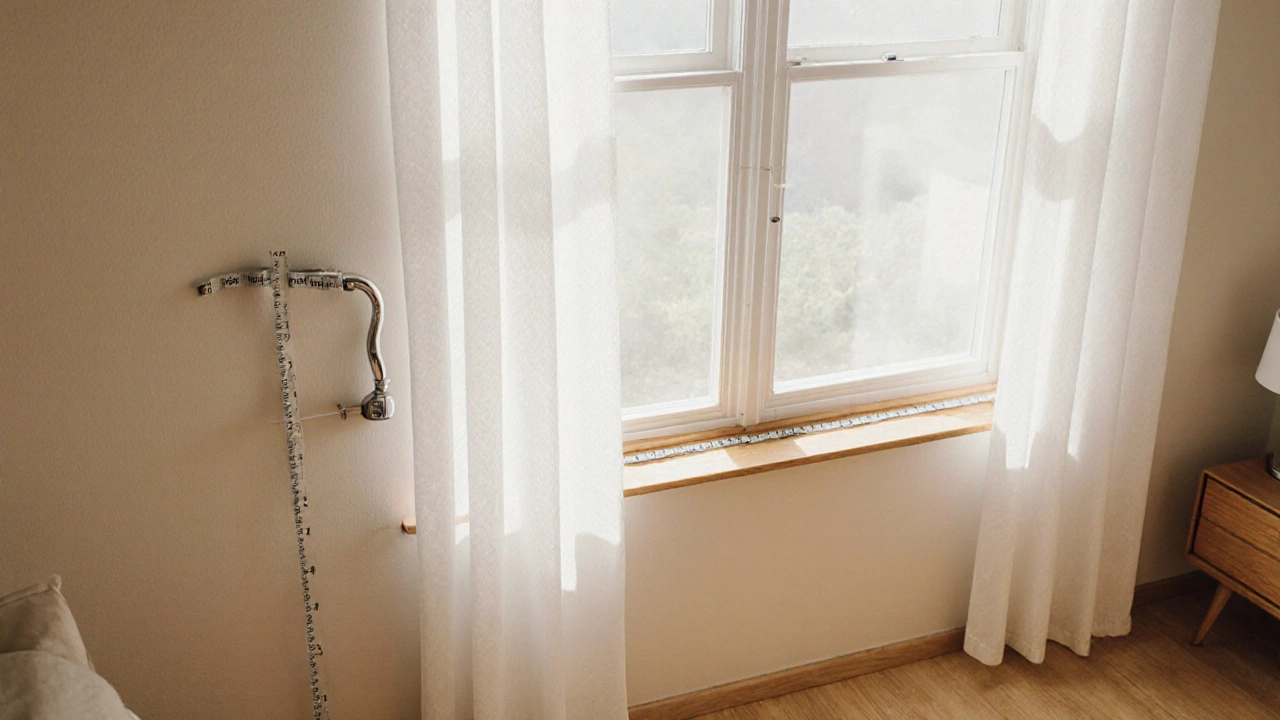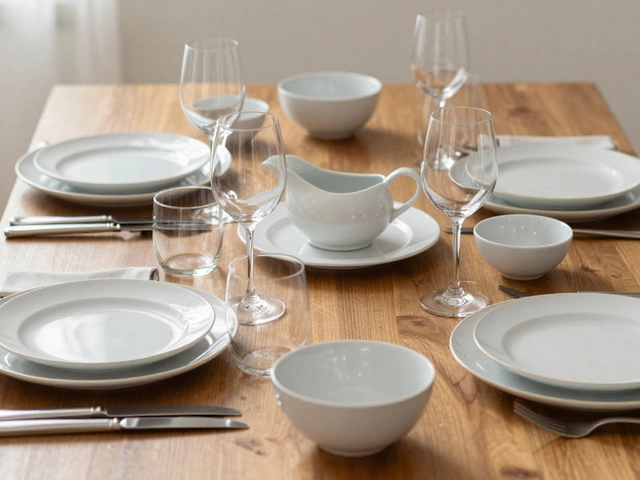Window Treatment Measurements
When working with Window Treatment Measurements, the process of sizing curtains, blinds, and other dressings to fit a window accurately. Also known as window measuring, it sets the foundation for a polished look in any room. Proper measurements intersect with Curtain Length, the vertical drop from rod to floor, Measuring Tools, like a flexible tape or laser measurer, and Window Dimensions, the width and height of the opening. Together they form the core of any successful window dressing project.
Why Accurate Measurements Matter
Getting the numbers right prevents common pitfalls: curtains that bunch, blinds that drag, or rods that look flimsy. A well‑measured window lets you choose the right Curtain Hardware, brackets, rods, and rings that support the fabric without over‑engineering. It also influences style decisions—neutral curtain colors look best when the length is spot‑on, and blackout options work efficiently only if they fully cover the pane. In short, precise measuring saves time, money, and redesign headaches.
Most homeowners start with a simple tape measure, but adding a laser distance meter can boost accuracy, especially for high or oddly‑shaped windows. Measure twice, note the numbers, then add the desired extra length—usually 2‑4 inches for a slight puddle or a crisp finish. For width, add 20‑30% extra fabric to ensure proper fullness; this rule of thumb aligns with the 70‑30 design balance many interior guides recommend.
The collection below reflects these core ideas. You'll find articles that break down neutral curtain color choices, explain how close curtains should hang to the floor, and discuss the downsides of blackout fabrics—each tied back to solid measurement fundamentals. Whether you're a first‑time draper or looking to refine an existing setup, the posts give actionable steps that start with the right numbers.
One common mistake is ignoring the hardware’s protrusion. Rod brackets often stick out 3‑4 inches from the wall, so you must factor that into your width calculation to avoid gaps. Likewise, the rod diameter affects how the fabric folds; a thicker rod may require a deeper pocket. These nuances are covered in the guides on curtain length and hardware placement, giving you a holistic view of the measuring process.
Beyond basic measurements, several posts explore specialized scenarios. For example, the piece on curtains being 2 inches off the ground shows how a small adjustment can improve cleaning ease without compromising elegance. Meanwhile, the blackout curtain downside article highlights how excessive length can trap heat, making accurate sizing a comfort issue as well as an aesthetic one.
By the end of the list, you’ll have a toolbox of formulas, checklists, and visual cues—everything from how to create a measurement table to which fabric weight pairs best with specific window heights. Armed with that knowledge, selecting the perfect shade, fabric, and hardware becomes a straightforward, confidence‑boosting process.
Ready to dive into the detailed guides? Below you’ll discover step‑by‑step tutorials, style advice, and practical tips that all start with getting your window treatment measurements right.

Optimal Curtain Rod Overhang: How Far Past the Window Should It Extend
Learn the ideal curtain rod overhang (2‑4 inches) for different curtain styles, how to measure correctly, and tips to avoid common mistakes for a polished window look.
Categories
- Storage (25)
- Bathroom (17)
- Sofas (14)
- Curtains (14)
- Home Decor (12)
- Bedding (10)
- Kitchenware (10)
- Cushions (10)
- Mirrors (10)
- Rugs (9)



